You need data AND a story for a wow presentation. Here’s how…
What are the first stories that come to mind when your children or your niece or nephew ask you to tell them a bedtime story? Probably Cinderella, Snow White, Goldilocks or Hansel and Gretel. How is it that these have stood the test of time…generation after generation?
It’s one simple word… empathy. That’s it. All these stories have something in them that makes the reader “feel” a connection. They evoke emotions such as fear, anger, sadness and love and that’s why we remember them. We remember the facts of the stories because we remember the feelings that they bring about.
That’s what your presentation needs to do. It needs your audience to feel.
An article in Forbes Magazine shares that, “cognitive psychologist Jerome Bruner suggests we are 22 times more likely to remember a fact when it has been wrapped in a story.”
According to the article, the combination of data with a story will satisfy both the right and the left sides of the brain and bring your audience to act.
Let me just take a step back and make sure I am clear. You need the data. That’s what will make your presentation credible. It will make your statements authentic and your research authoritative. There’s no shying away from the data. It’s the presentation of this data that we’re talking about… How to make the data memorable? And that’s through a story.
So how do we do this…
- Like any story, create a setting. Your data needs to have a place and a time. It gives people context.
- Create characters and name them. And give them names people can remember. You will always remember that the girl with the long hair is Rapunzel… won’t you?
- There needs to be a problem… Why are you giving this presentation? Unless you are a stand-up comedian, there is a specific purpose to your presentation. This is the reason your audience is there… they have this problem. So, make sure they know that you know ☺. This is where you can use your data to the fullest using charts and graphs.
- Solve the problem. Now that we’ve found the common pain point for your audience, you can demonstrate a solution… whether it’s you solving them or giving them tools to resolve it. This part of your presentation is critical. This is why they’ve come. And it’s at this point you can show why you were the right person for them to come to.
- Last but not least…talk about the future. There’s no point giving them a solution that’s temporary. A presenter that gives his or her audience a long-term solution or a box of tools to use when necessary, is likely to be a hit. This is where you can put in your calls to action – Call or email me for more information, download my eBook, visit my YouTube page, follow me on social media, download your step by step guide and more.
Making presentations to large audiences can be daunting. You want to be good. You want to make an impact and you want your audience to remember you for all the right things when they leave. If you’ve got an important presentation coming up and need some pointers on how to make sure it hits the spot, get in touch. You can call me at xxxxx or email me at xxxx.
I offer a FREE 10 minute consultation with some concrete recommendations for company leaders who regularly make presentations to large groups. Please do get in touch. (Can we have a CTA graphic for this?)
Looking to book a speaker for your next conference?
Download our Speaker Pack and book in a planning call with Oliver
